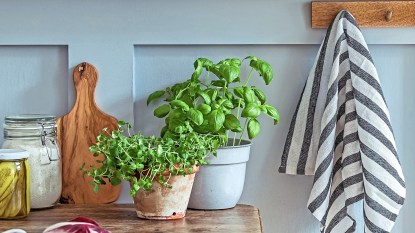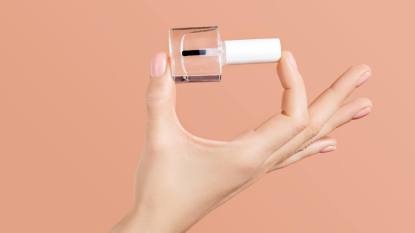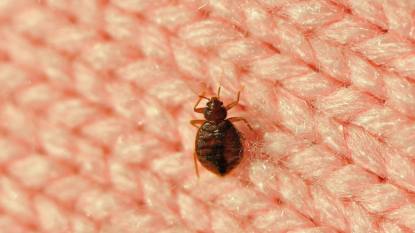How to Paint Over Wallpaper So It Looks Seamless + the Key Step You Shouldn’t Skip
It's easier than you think!
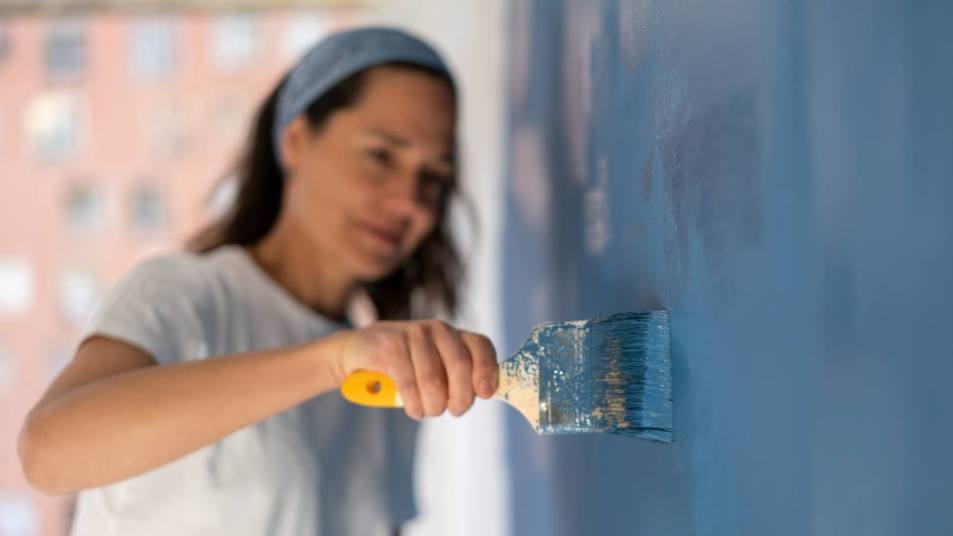
There are few greater pains than unwanted wallpaper. You can remove it, sure, but that takes a lot of time, and sometimes you don’t know what lies underneath. Is it more wallpaper? Damaged drywall or plaster? These things can result in spending even more time and money than originally anticipated trying to give your home a clean slate. A coat (or two) of paint doesn’t always solve your problems, but in this case, it absolutely can. So if you want to learn how to paint over wallpaper, keep scrolling.
Can you paint over wallpaper?
You definitely can, but in some cases you shouldn’t. “You should avoid painting over wallpaper if it’s textured, vinyl-coated or prone to peeling, as this can result in an uneven finish and a shorter overall life span for the paint job,” explains Ben Thomson, manager at Promain Paints. “Furthermore, extremely old or damaged wallpaper may not adhere well to paint.” If you’re wondering if your walls can handle this cost-effective makeover, consult a pro painter in your area.
Note that Paige NeJame, owner of CertaPro Painters, advises against it most of the time because “paint on wallpaper creates a wet surface that may cause the adhesive in the wallpaper to release.” This can create bubbling and curling. “If this happens, you now not only have to remove the wallpaper and adhesive, but also paint and primer, making it three times as hard of a job.” Still, she agrees that you can get the job done successfully if you do your due diligence.
Related: Home Pro’s #1 DIY Trick Makes It So Easy to Remove Wallpaper
How to paint over wallpaper: 5 key steps
You may have painted over drywall or plaster (or watched a pro do it on TV or YouTube), but learning how to paint over wallpaper isn’t as straightforward. While most of the steps may be familiar to you, it’s the ones that aren’t that are the most important.
1. Remove anything you won’t paint
Art, shelves, faceplates — in order to get proper coverage (and keep them from being accidentally painted), these all have to go before you do anything else. You can put them back on at the end of your project, when the wallpaper is fully dry.
2. Tape off the trim and casings
Some people have mastered the art of painting without taping first, and if this is you, congratulations: you’ll probably save yourself a good chunk of time. Otherwise, you’ll want to grab your trusty painter’s tape and tape off anything non-removable that you don’t want painted. Think built-ins, trim, door and window casings.
3. Inspect and prep the walls
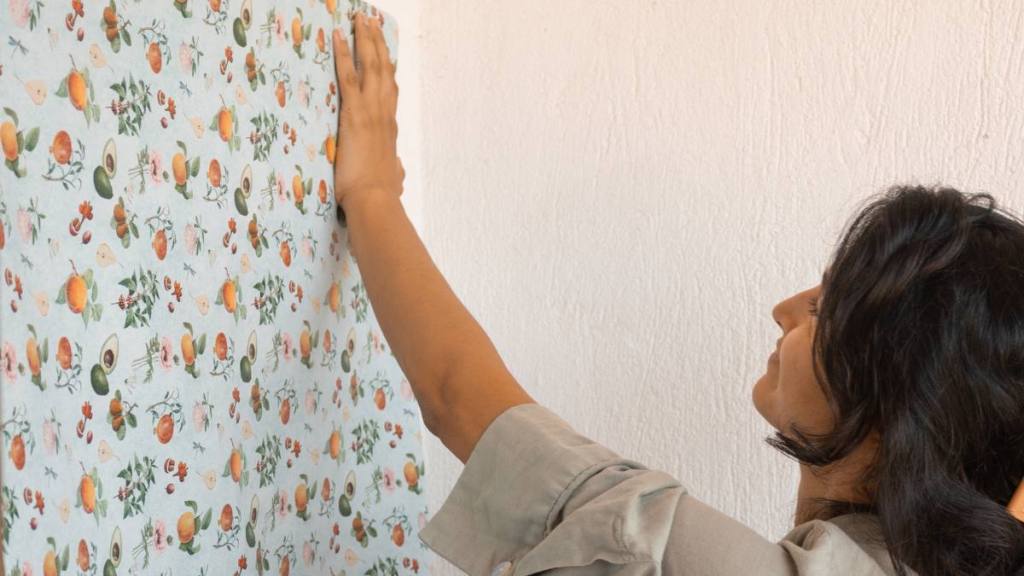
Go over your wallpaper with a fine-tooth comb, looking for any signs of damage, including peeling and bubbling. Pay special attention to any edges and use a flashlight at a low angle to help with the search. “If wallpaper isn’t firmly adhered to the wall, it’s best to remove it entirely,” NeJame says. “Plus, wherever there’s damage to the wallpaper before you start will likely be where it fails soon after painting.”
Just because you find a damaged spot doesn’t mean all hope is lost: For example, if the only issue is the paper lifting in certain spots, just grab some wallpaper adhesive and glue it back down. If you’re dealing with cracks or holes, spackle the area and then use sandpaper to make sure everything’s level.
Any wallpaper seam should get a thin coat of joint compound to keep them flat for the long haul (just remember to sand it down once it’s dry). In fact, Thomson says, “You may wish to lightly sand the wallpaper before engaging in any painting, as this will help the primer bond.”
NeJame also recommends giving your wallpaper a good cleaning, wiping it down with slightly damp cloth and a mild detergent solution (like a little bit of Dawn dish soap in warm water) to remove any dirt, dust, grease or residue. This is important because otherwise the primer and paint won’t be sticking to the wallpaper itself — it’ll be sticking to the hidden grime, which it isn’t formulated to work on. After, make sure the surface is completely dry before doing anything else.
Related: Viral Housekeeper’s Secret for How to Clean Walls Will Leave Them Sparkling
4. Apply a high-quality primer
The most critical step to this process, NeJame emphasizes, is priming the wallpaper: “Applying a coat of primer helps to seal the wallpaper (which blocks the paint from soaking into it) and create a smooth surface for paint.” You should use a high-quality primer specifically designed for use over wallpaper — she likes the stain-blocking primers from high-quality brands Kilz and Zinsser. Regardless of which one you choose, make sure it’s shellac- or oil-based; a water-based primer will soak into the paper and compromise the adhesive.
After laying down a dropcloth, apply the primer evenly with a roller or brush, allowing it to dry completely according to the manufacturer’s instructions.
5. Paint the wallpaper (twice)
You may be tempted to do one thick coat of paint, but NeJame insists that two thin coats (with sufficient drying time between them) will provide better coverage and a smoother finish. “Use a roller for large areas and a brush for edges and corners, as this will provide you with the sharpest finish,” Thomson adds. Long, even strokes will help you avoid visible brush marks and roller lines.
Both NeJame and Thomson recommend opting for a high-quality latex paint because it’s durable, adhesive, quick-drying and easy to apply. And remember that you have to decide on a finish: “The flatter the paint sheen, the fewer imperfections you’ll see. Shinier paint — like satin or semi gloss — will highlight imperfections.”
Related: How to Get Paint Out of Carpet — The Genius Shop-Vac Hack That Makes It So Easy
For more painting tips, click through the links below!
Dermatologist: Why You Should Never Scrub Paint Off Your Skin and What To Do Instead
How to Get Spray Paint Out of Clothes — Genius WD-40 Trick Makes It So Easy
Professional Painters Reveal the Best Ways to Clean Paint Rollers



